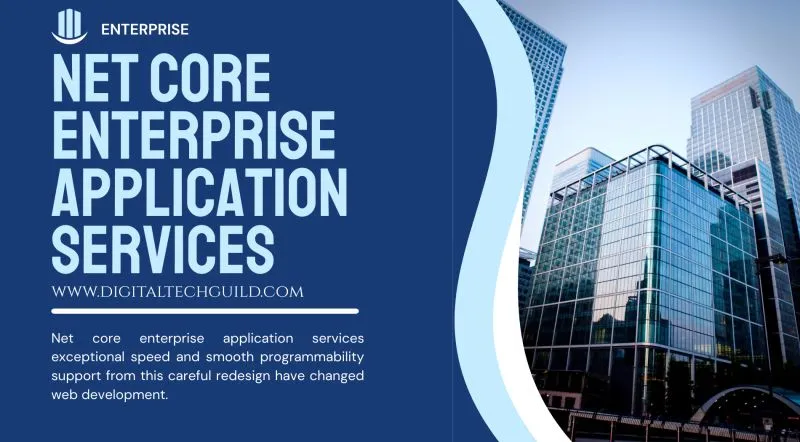Private equity primary investments are transactions made by investors (either directly or via a fund) where a stake in a private company is acquired. This may be as part of a management buy-out transaction or a growth capital funding round. On the secondary market, by contrast, investors trade assets with other investors.
What is a secondary investment fund?
A secondary investment fund, as the name implies, is a private equity fund that concentrates on secondary investment. Investors with particular knowledge in the secondary market are frequently better suited to handle the intricacies of secondary transactions and to maintain more mature assets over a shorter timeframe.
Market development
It's worth emphasizing the sheer magnitude of secondary market deals. The overall amount of secondary agreements rebounded from a COVID-impacted 2020 to a new high of $132 billion in 2021, greatly above the previous record of $88 billion established in 2019 (source: PitchBook).
This is part of a larger trend in which private marketplaces have expanded. According to The Economist, "by most measures," the industry is "three times larger than a decade ago." In the United States, "secondary buy-outs can now outnumber initial public offerings." This is a significant indicator of market expansion, and one that would have been difficult to anticipate in the 1990s, when the first secondary funds were founded with "tens of millions of dollars of committed capital."
What exactly is a GP-led secondary?

Private equity secondary deals are classified into two types: those led by an LP, or limited partner, and those guided by a GP, or general partner.
An LP is a fund's limited partner. This is an individual or institutional investor who makes their investment by purchasing a portion of a bigger fund. In an LP-led transaction, an LP sells their ownership in a fund to a secondary bidder, together with its whole portfolio of assets and liabilities. The fund's and assets' basic structure stays unchanged, and the secondary buyer just fills the shoes of the selling LP.
A general partner, or fund management, will sell a portion or the whole fund to a secondary investor in a GP-led transaction. Existing LPs in the fund will typically have the option of transferring their holdings to the new vehicle or cashing out.
These GP-led transactions are often structured as a continuation vehicle. A GP may keep their portfolio of assets in a continuation vehicle, often known as a continuation fund, while some LPs keep their investment and others depart.
GP-led secondary transactions may also be single-asset transactions, which are becoming more common since they enable GPs to concentrate on their favorite individual assets while divesting themselves of those they no longer desire to keep.
While most private equity secondary transactions were historically LP-led, there has been a considerable growth in GP-led deals in recent years, with the total value of these transactions expected to reach $68 billion by 2021 (source: Lionpoint). This is more than twice the previous year's value and more than half the overall value of secondary fund transactions in 2021.
Why Should You Consider Private Equity Secondaries?
Now that we've defined private equity secondary markets, we can look at why investors are so eager to buy them and why the secondary market has expanded so much.
Why should both aspiring and experienced private equity investors consider participating in secondary markets?
Access to private equity funds is discounted.
The first reason we'll mention is also possibly the most basic: the cost. Secondary investing may provide access to assets at a large discount, whether they are whole portfolios or individual enterprises.
The net asset value, or NAV, of an investment business is its worth.
This is computed using a simple formula: the entire value of a company's assets less its liabilities.
The net value is then divided by the number of shares to get the per-share value.
As an example:
- If a business has £100 million in assets and £10 million in liabilities, its NAV is £90 million.
If the same corporation issues one million shares, the value of each share is £90. - NAV varies with a company's worth and the cost of its liabilities. like a result, like with many other investment types, the value of private equity assets may fluctuate dramatically from one day to the next.
- Historically, when sellers left private equity firms early, they have had to market their assets at a discount, below their NAV.
- The net result for secondary investors is that they may purchase assets for less than their nominal value. As a result, the investor may be able to make a larger profit when they ultimately quit.
- However, as expected, this is not always the case, and in times of very heavy secondary market activity, secondary purchasers may expect to pay a premium for their purchase.
Blind pool danger is limited.
Primary fund investors assume blind pool risk. This implies that when individuals invest, they have no idea what the final contents of their investment will be – they are blind to what will be in their pool of assets.
Secondary investing, on the other hand, reduces this blind pool risk since secondary investors acquire pre-existing assets and portfolios. Knowing what they're receiving improves their chances of doing due diligence and, as a result, their ability to make more accurate forecasts regarding the future success of their investment.
J-curve has been shortened.
Private equity investments are often valued using a J-curve. when a result, investors often witness negative returns during the early phases of their investment when cash is supplied to support acquisitions/growth and, in the case of funds, start up expenses and fees are absorbed. The value grows later when investments are realized and payouts are made to investors.
A 10-year private equity fund cycle, for example, would often look like this:
First five years: asset acquisition and finance transactions
The next five years will be spent exiting investments and earning a profit.
Secondary investment, on the other hand, allows investors to acquire an asset farther down the J-curve. In principle, this implies they have less time to wait until the returns on their investment convert into profit.











